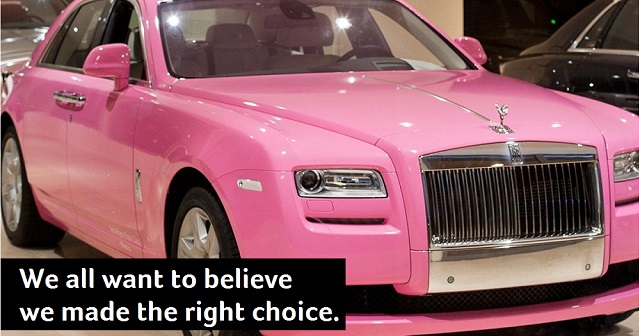In response to my review for Knack, in which I gave it a low score of 2 stars, comments I've read on GameRevolution and elsewhere have expressed that people should take low reviews for Knack with a grain of salt because user ratings and customer reviews, particularly those on Amazon, are positive. Indeed, I checked and, at the time of this writing, it has a 4-star rating out of 5. That seems like a far cry from the game's Metascore of 56.
So what the hell is going on here?! Are reviewers just some group of jaded cynics who enjoy being contrarian for the sake of it? Are we just out of touch with "the people"? Or is there something deeper going on with professional review scores and non-professional customer reviews on Amazon?
Well, this isn't the first time that there's been a disparity. Here's a chart comparing the Metascores and the Amazon customer review scores (scaled to 100 to match the Metascore) of twenty of the lower-scoring titles in the past three years:
Whatever the case may be, some kind of strange fidgeting seems to be going on with Amazon reviews. No matter how terrible professional reviewers seem to give a game, Amazon reviews don't seem to drop lower than 2.8 stars (or a 56 when scaled). Of course, there are more than a few exceptions to the rule, as this is just a small sampling, but something weird is going on.
Some sites have already warned that up to 30% of user-generated online reviews are fake (some more conservative estimates have this at around 10-15%). There's certainly a vested interest for publishers and developers to create customer reviews that are positive for their products to generate and maintain sales, though I believe that most of the larger companies would avoid this as it's, well, fraudulent. Now I'm sure this happens in small numbers, but that doesn't fully account for the stark differences in some of the figures in the chart.
Indeed, a large part of the discrepancy comes from the mathematics. Professional review sites generally have a scale that goes from 0 to 100, or 0 to 5 stars, but Amazon as well as other retailer sites have a scale that only goes from 1 to 5 stars. This essentially drops the lowest part of the grading scale, effectively making the scale from 20 to 100 and increasing the average score by default. That's one of the reasons that you see Amazon customer review scores hovering around the average 3-star rating.

Then you have post-purchase rationalization, also known as Buyer's Stockholm Syndrome, where the customer has a bias for the choices they make; that is, the purchases they make. Someone who has already purchased a product will tend to overlook its faults, and given that most games cost $60, which most consumers consider to be somewhat expensive, gamers are more resistant on attacks upon their judgment. It's a psychological effect of commitment.
Users are also less bound to the strict scale that reviewers have and have no qualms giving games the lowest score or the highest score. So any games that receive even a small number of 5-star ratings will have a much lower probability of receiving less than an overall 3-star rating. (It takes two 1-star reviews to knock one 5-star rating to an average of 2-stars.) Combine this with the other factors and it makes this almost a certainty.
In other words, Amazon customer ratings are inflated. That doesn't mean they shouldn't be trusted insomuch as you should expect them to be much higher on average, especially for games that critics have ravaged. Certainly, it's up to you to decide which side of the fence has more piles of salt. Just know that there's plenty to go around…











